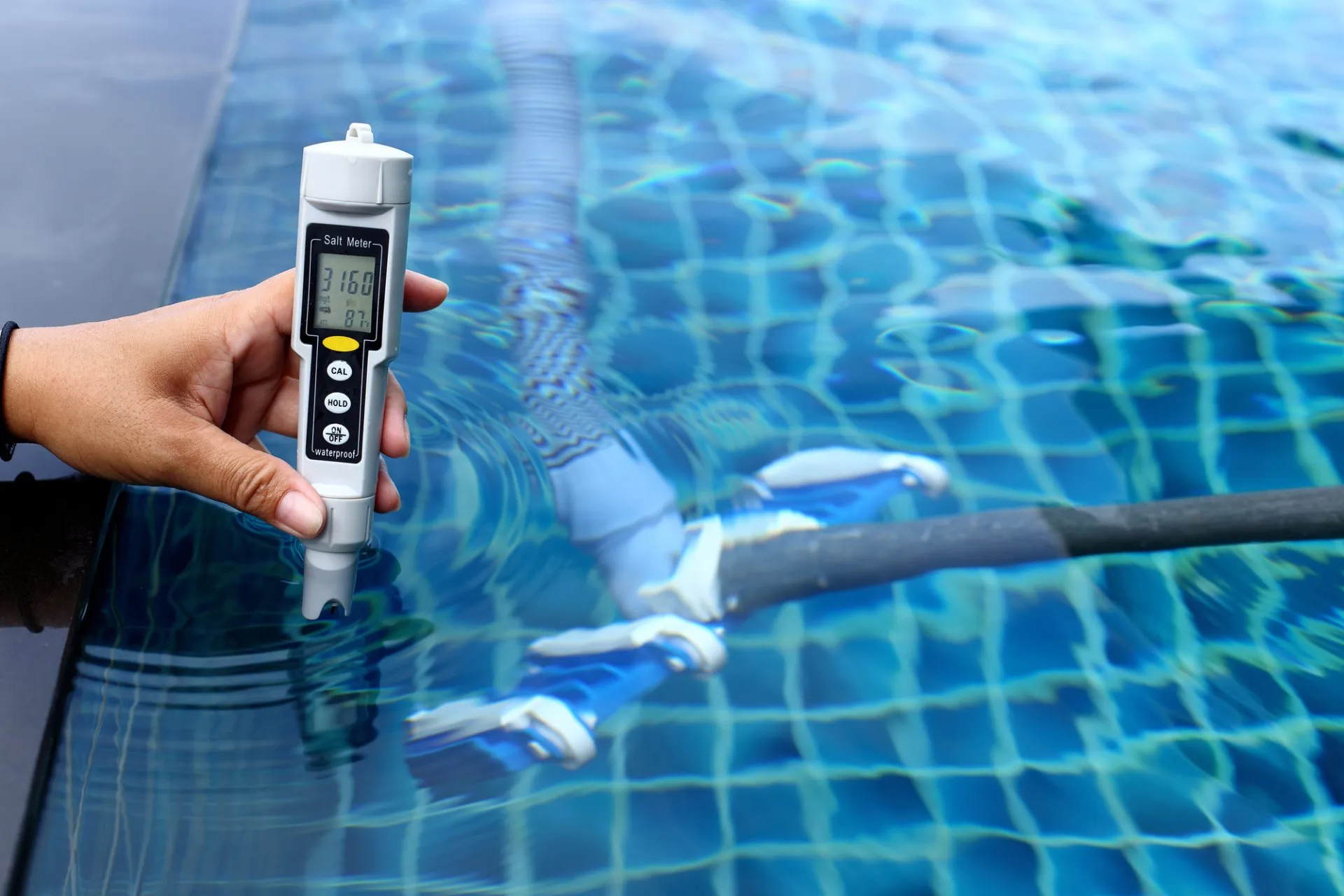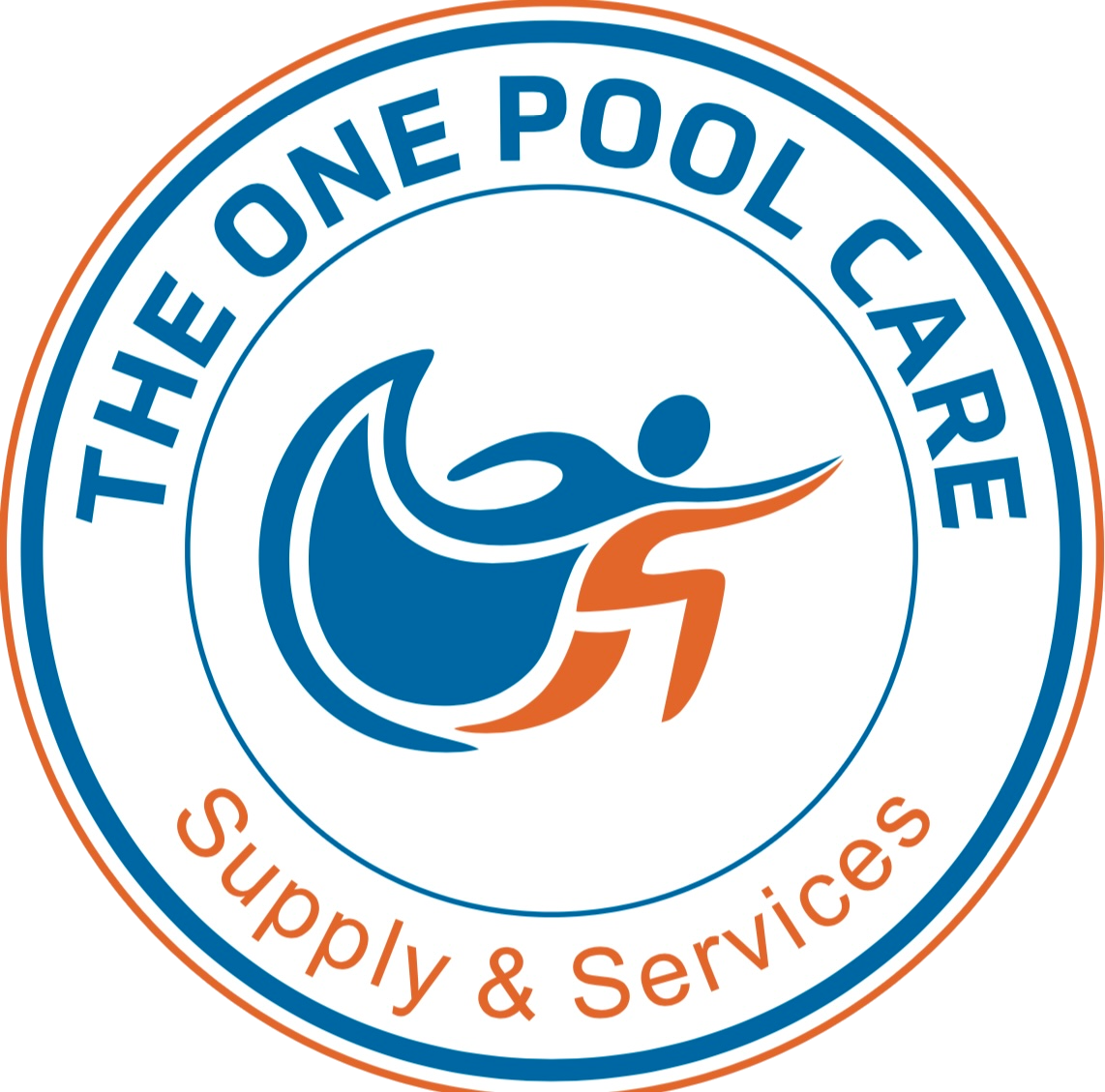Maintaining the proper pH balance in your pool is crucial for ensuring safe and enjoyable swimming conditions. pH levels affect everything from the effectiveness of chlorine to the comfort of swimmers. Here’s a comprehensive guide to balancing the pH in your pool, along with expert tips.
Understanding pH Levels
What is pH?: pH is a measure of how acidic or basic the water is. The pH scale ranges from 0 to 14, with 7 being neutral. Pool water should ideally have a pH between 7.2 and 7.8. A pH level below 7.2 is too acidic, while above 7.8 is too alkaline.
Importance of Balanced pH
1. Comfort for Swimmers: Proper pH levels ensure the water is comfortable for swimmers, preventing eye and skin irritation.
2. Effective Chlorine: Chlorine is most effective at sanitizing the pool when the pH is within the ideal range. Imbalanced pH can reduce chlorine’s effectiveness.
3. Prevents Damage: Balanced pH prevents corrosion of pool equipment and surfaces. Acidic water can corrode metal parts, while alkaline water can cause scaling on surfaces and equipment.
Steps to Balance pH in Your Pool
1. Test the Water: Regularly test your pool’s pH levels using a reliable pool testing kit. It’s best to test the water at least twice a week, especially during peak swimming season.
2. Adjusting pH Levels:
- To Raise pH: If the pH is too low (below 7.2), add a pH increaser (sodium carbonate or soda ash). Follow the manufacturer’s instructions for the correct amount to add based on your pool size.
- To Lower pH: If the pH is too high (above 7.8), add a pH decreaser (sodium bisulfate or muriatic acid). Again, follow the manufacturer’s guidelines for the appropriate amount.
3. Add Chemicals Slowly: When adding chemicals to adjust the pH, do so gradually. Add the chemicals to the deep end of the pool while the pump is running to ensure even distribution.
4. Retest the Water: After allowing the chemicals to circulate for a few hours, retest the pH levels. Repeat the process if necessary until the pH is within the desired range.
Tips for Maintaining Balanced pH
1. Regular Testing: Consistent testing is key to maintaining balanced pH. Invest in a high-quality test kit or test strips for accurate readings.
2. Monitor Total Alkalinity: Total alkalinity acts as a buffer for pH, helping to stabilize it. The ideal range for total alkalinity is between 80-120 ppm. Adjust alkalinity first before attempting to balance pH.
3. Avoid Overcorrection: Adding too much chemical at once can cause the pH to swing drastically. Make small adjustments and test frequently.
4. Keep Your Pool Clean: Regular cleaning and removing debris from the pool can help maintain balanced pH levels, as decaying organic matter can affect the water chemistry.
5. Use Pool Covers: Covering your pool when not in use can reduce the introduction of debris and contaminants that can alter pH levels.
6. Professional Assistance: Consider having your pool water professionally tested and balanced periodically to ensure optimal conditions.
Seasonal Considerations in Melbourne
1. Hot Summers: During Melbourne’s hot summers, pool water tends to evaporate faster, concentrating the chemicals and potentially altering the pH. Test more frequently during this time.
2. Cooler Months: In the cooler months, reduced pool usage means less frequent chemical additions, but regular testing remains important to keep the water balanced.
Conclusion
Maintaining the correct pH balance in your pool is essential for keeping the water clean, safe, and enjoyable. By following these steps and tips, you can ensure your pool remains in top condition. For professional pool maintenance services and expert advice in Melbourne, visit The One Pool Care. Let us help you keep your pool perfectly balanced and ready for swimming.
Keywords: balance pH in pool, pool pH levels, adjust pool pH, pH increaser, pH decreaser, pool water testing, total alkalinity, Melbourne pool maintenance, professional pool care, pH balance tips, how to balance pool pH, effective chlorine, pool water chemistry, prevent pool corrosion, comfortable swimming pool, pool water safety.
By incorporating these keywords and following these guidelines, you can enhance your website’s SEO and ensure your pool remains a pristine and inviting space for swimmers



 Skip the Que – Get a Free Quote in Minutes!
Skip the Que – Get a Free Quote in Minutes!
Leave a Reply